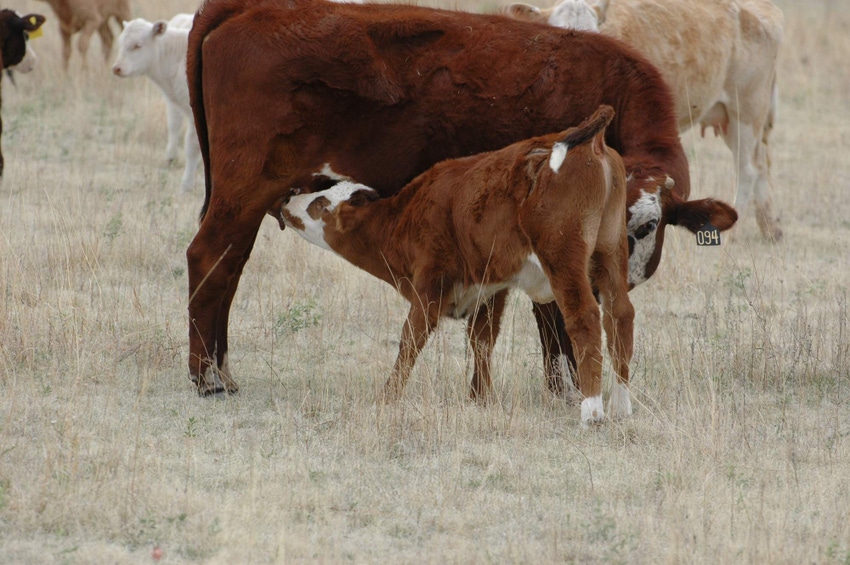Selection indexes are an important and easy way to combine EPDs for traits that are important in your breeding objectives. But use them wisely.

I have a confession. I’m not good with numbers. In fact, it was a stats class in college that convinced me to change majors to ag journalism. So, in this blog, we’re going to talk about numbers. Selection indices, to be exact.
Actually, Matt Spangler is going to do the talking. Spangler, who is very good with numbers, is a beef geneticist at the University of Nebraska Lincoln and one of the speakers at a King Ranch Institute for Ranch Management symposium on genetics recently in Denver. The lectureship, sponsored by Neogen, was held in Colorado through a partnership among KRIRM, Colorado Cattlemen’s Association and Colorado State University.
The symposium was a day-and-a-half long and very well worth the time. I’ll have more articles as time goes by.
Photo Gallery: Readers showcase their next generation females
For now, let’s look at economic selection indices. How many of you have taken up a bull sale catalog and, with EPD thresholds in mind, circled the bulls you’re interested in and crossed out the bulls that don’t meet one or more of your baseline EPD levels? Probably everybody.
But Spangler asks how many good bulls did you pass by because they didn’t meet one of your EPD thresholds, but excelled in others? The guilty need not come forth.
Spangler says economic selection indices are easy to use and interpret and most importantly, are economically driven. So traits get more weight if they’re larger drivers of profit.
The other nice thing about indexes is they inherently take into account the genetic relationships among traits, he says. That’s good. It can also be very bad if you use the wrong index.
“If you think about growth traits--mature cow weight, birth weight, weaning weight, yearling weight—they're obviously not independent. These early traits are not independent of mature cow weight.
“That means if I select to increase weaning weight, if that's my revenue source and I also keep back replacement females, there is a tendency over time that the heifers I'd kept back are going to be larger in terms of mature cow size. I have now pitted revenue, weight of calf at sale or weaning, against cost, which is increasing the cow size and increasing maintenance energy requirements.
"And so how can I reasonably try to select for these few things together in an economic framework? And that's what a selection index allows us to do.”
READ: Hidden revolution in beef genetics
So if you’re a terminal breeder, selecting an index like the Angus $Beef or $B is exactly what you should do. “But there's a whole lot of commercial bull buyers that don't fit that, but they still use $B to rank bulls they buy,” Spangler says.
“And it's inappropriate because of replacement heifers. Dollar beef will put a lot of emphasis on carcass traits, carcass weight. And so as a consequence, the heifers they keep back will tend to be larger at maturity.” And because it’s a growth index, it doesn’t take into account female fertility.
So study those indexes carefully and know what traits they take into account.
About the Author(s)
You May Also Like



